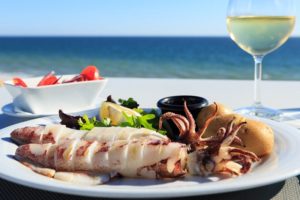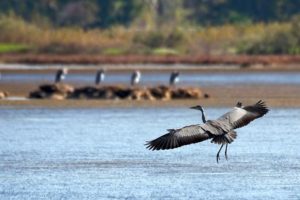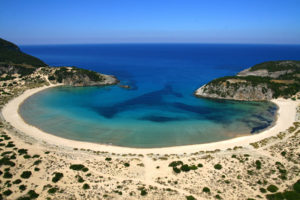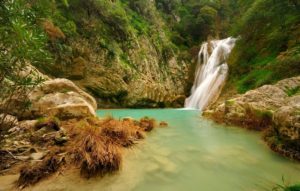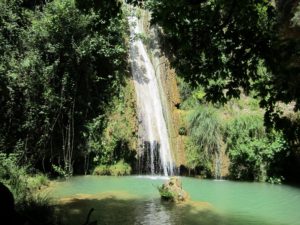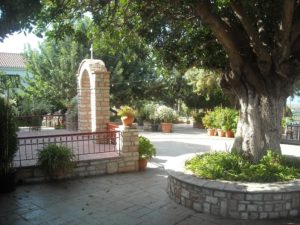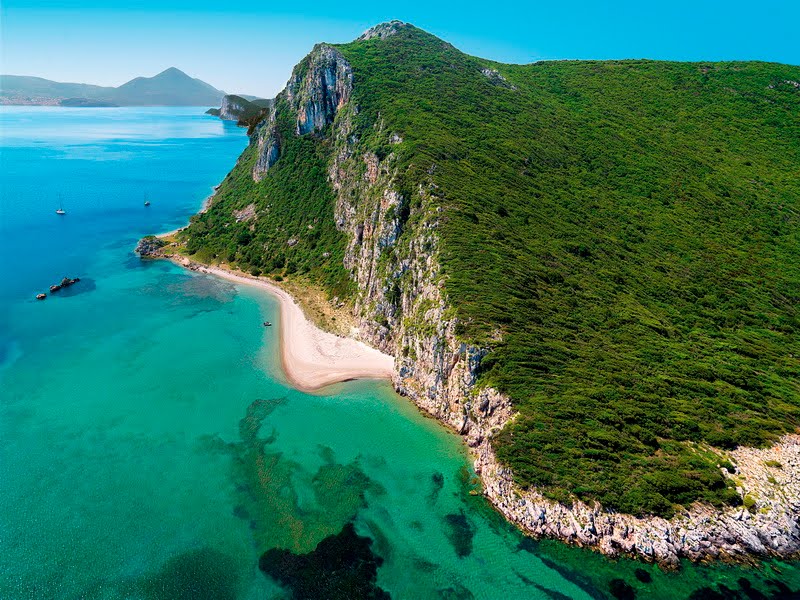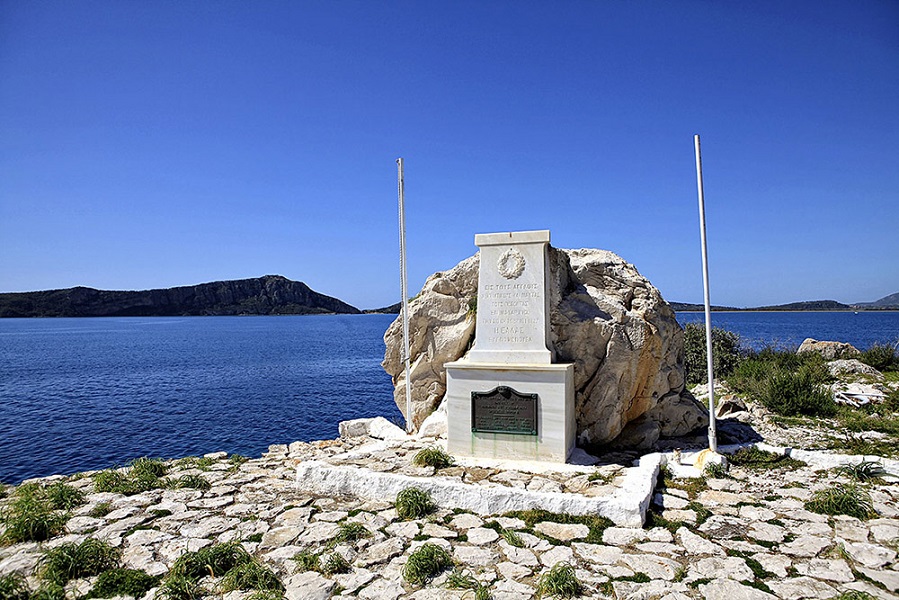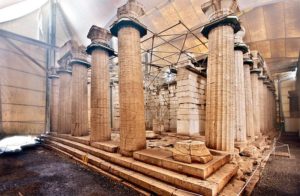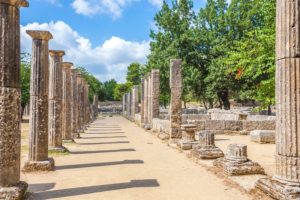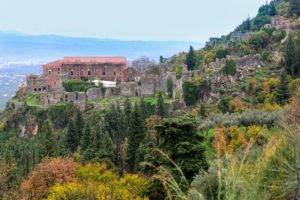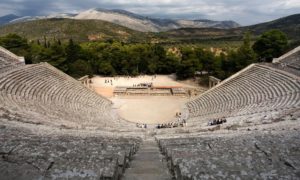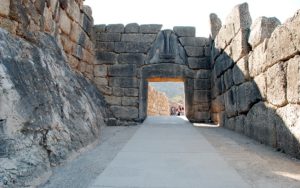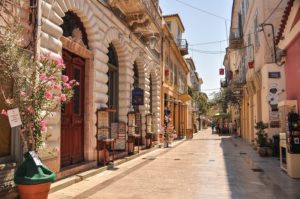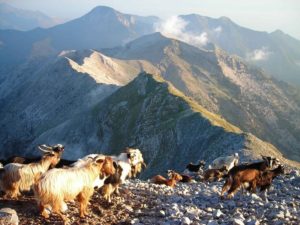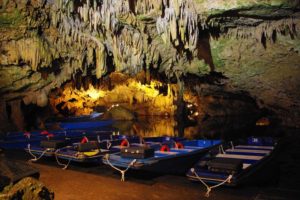Cosmopolitan and Serene!
Activities
![]()
Excursions
There are plenty of options for short trips and excursions. In Gialova and Pylos you may hire a car, motorbike, small boat, yacht and bicycles.
![]()
One Day Cruises
Daily Cruises are organised by local operators to the nearby islands of Navarino Bay and Voidokilia.
![]()
Spa
Many treatments in local beauty lounges.
![]()
Sports
Sea sports such as water skiing, windsurfing, kitesurfing, sailing, canoeing, scuba diving. Land sports and activities such as climbing, go carting, bike trekking and hiking tours are organized by local operators.
![]()
Golf & Tennis
Golf courses and tennis courts at a small distance from the villas.
Enjoy Tranquility!
Gialova
Escapes
Live the Myth!
The Islands
All Year Destination!
Archeological Sites
![]()
The Palace of Nestor
It was inhabited from 13th to 11th century B.C. A museum functions here. (7 km - 00h.08΄). Read more at ancientgreecejourney.co.uk and at greece.terrabook.com.
![]()
Paleokastro
Frankish castle which was built in about 1281 A.D. (7 km - 00h.08΄). Read more at pylos.info.
![]()
The castle of Methoni
Venetian castle of 1209 A.D. One of the largest in the Mediterranean sea extending over 12 hectares. (17 km - 00h.26΄). Read more at kastra.eu and at gtp.gr.
![]()
The museum of Pylos
Contains finds from the Neolithic period to the Hellenistic era.
![]()
Archaeological Museum of Chora
It includes fine exhibits of: The finds from the Mycenean Palace of Nestor. Pottery and small finds coming from cemeteries of the Mycenean period (1600-1100 B.C.). (15 km - 00h.18΄). Read more at greece.terrabook.com.
![]()
The castle of Koroni
Sixth or seventh century A.D. The most elegant example of Venetian fortified architecture and one of the few castles where houses and temples are preserved in its interior. (44 km - 00h.59΄). Read more at kastra.eu and at greece.terrabook.com.
![]()
Ancient Messini - Ithomi
Eighth century B.C. Very important archaeological site with the remains of temples, houses, surrounding walls, public buildings which are well preserved. A museum functions here. (56 km - 1h.10΄). Read more at ancientmessene.gr.
![]()
The Castle of Pylos or Niokastro
It was built in 1573 A.D. by the Turks, then it passed to the Venetians and was restored in 1829 by the French Marshal Maison. The head office of the Underwater Archaeology Center is located here. (6 km - 00h.09΄). Read more at pylos.info.

